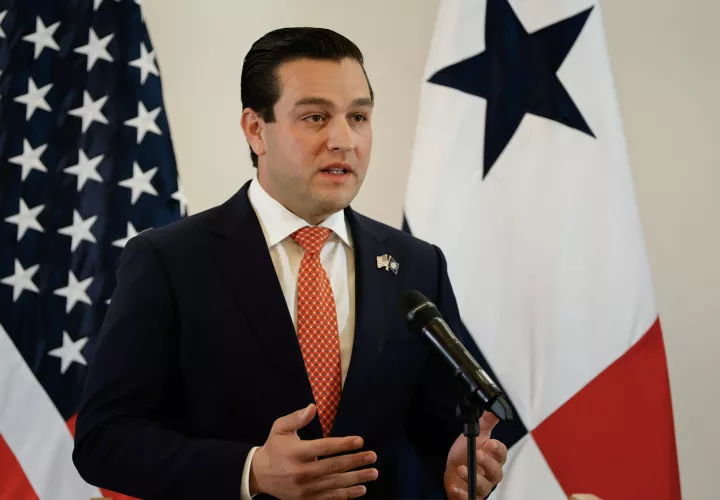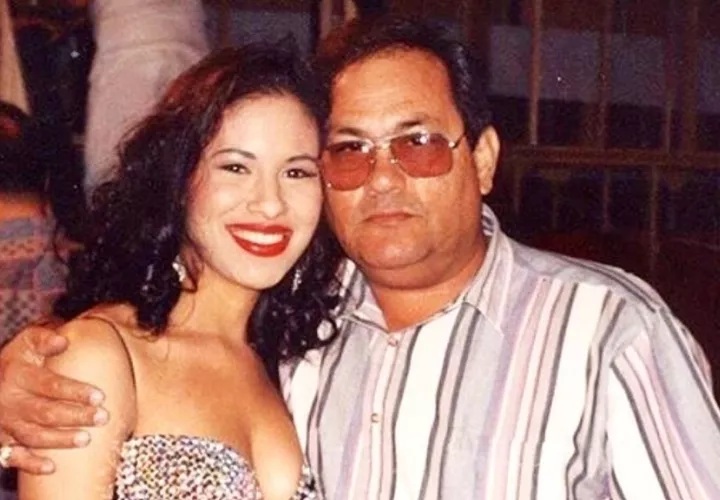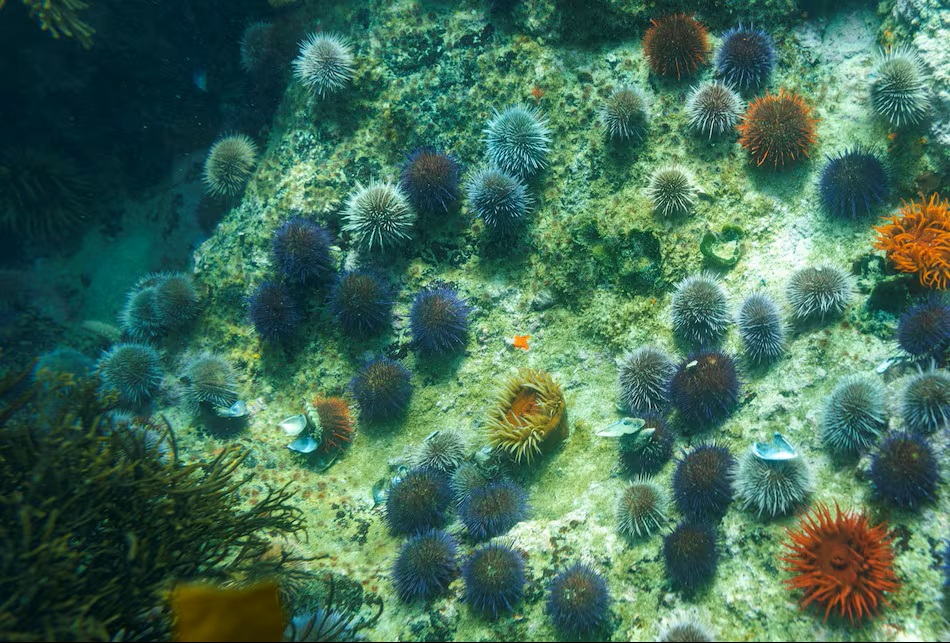Nicaragua indigenous protests include kidnapping

While Panama’s own native protests are making headlines around the world, , other indigenous groups in Latin America are taking a stand and going further than blocking roads.

An eastward push by Nicaraguan cattle ranchers, loggers, and farmers looking for cheap land has suddenly met an unexpected hurdle says an article published by the United Nations.
The country’s marginalized indigenous groups, who have populated the remote Caribbean “Mosquito Coast” long before Nicaragua was even a country, are taking a stand, and calling for respect of autonomy and indigenous rights to land.
Tensions over indigenous property rights have been heating to a slow boil for years, but finally shook the kettle Feb. 9 when the indigenous Miskito community of Lapan rose up and captured 12 non-indigenous outsiders, including six volunteer policemen. The indigenous community says it won’t release the hostages until some 600 “colonist” families (non-indigenous Nicaraguans, or Mestizos) leave this land the indigenous see as their own.
The hostage situation has exacerbated racial tensions and stirred memories of a violent past. In the early 1980s there was a Christmas massacre and forced relocation of indigenous communities near the Honduran border sparked a bloody Miskito uprising led by an indigenous group known as The Children of the Mother Earth.
While the recent indigenous push-back against outsiders is nothing on the scale of the Miskito rebellion in the early ‘80s, local leaders warn it has the potential to quickly spiral into violence because the issues are similar.
“This is a time bomb,” Miskito leader Reynaldo Francis, the regional YATAMA leader said in a phone conversation from Bilwi, the capital of the North Atlantic Autonomous Region.
“This is a very dangerous situation,” Mr. Francis says. “The Nicaraguan government has to respond quickly to this situation because it could get out of hand fast.”
The Caribbean coast of Nicaragua is home to roughly 15 percent of the country’s population, but represents 46 percent of its natural territory. Those natural resource are key to many of the Sandinista government’s long-term economic development projects, including logging operations, the construction of an inter-oceanic canal, a 253-megawatt hydroelectric dam, and a deepwater port on the southern Caribbean coast.
The government of President Daniel Nortega has not addressed the Caribbean confrontation, and in the Sandinistas’ vertically structured government, rarely do politicians speak out until President Ortega or his wife address an issue first. “The state needs to pay attention to this situation,” says Francis.
The recent hostage situation prompted the non-indigenous Mestizos living on the Caribbean coast to take action. They created a series of roadblocks, cutting off land transportation to and from Bilwi. Police finally convinced the protesters to allow trucks through the roadblocks early Tuesday morning, in order to prevent food and gas shortages. Still, the community of Lapan refuses to release its hostages.





